The ever-evolving Australian craft beer industry presents a challenging landscape for brewers grappling with a shifting customer base, high production costs and bi-annual tax increases. While this can be frustrating, Australian brewers who adapt and innovate can thrive in 2024 and beyond.
Aimed at maximising profitability, driving sales growth and securing a competitive edge in the Australian beer scene, the implementation of key strategies paired with Australian brewery software can be a game changer.
The Relationship Between Tax, Cost and Price
The Australian beer market is characterised by high prices that have been significantly influenced by government regulations and heavy taxation policies. For the last decade, Australian breweries have been subject to twice yearly tax increases that have caused prices to escalate.
Today, nearly 40% of the price of beer is attributed to government excise. That means, for a $12 pint, Australians are paying on average $4.80 in taxes. To remain profitable, Australian breweries must implement strategies to balance production costs and taxes in order to keep beer prices competitive and affordable for the average pub-goer.
Australian brewery software can provide beneficial data-driven insights and visibility into the cost to produce beer, sales performance and year-over-year growth. Integrating this data-backed approach with market comprehension can guide Australian brewers to success in a market primarily marked by high prices and stringent government regulations.
Finding the Balance Between Cost vs. Price
Pricing strategy is critical in defining a brewery's profit margins and competitive positioning. The high pricing environment in Australia pushes breweries to set prices that manage costs and taxes while remaining attractive to customers.
Strategic and data-driven pricing strategies, such as value-based pricing, can help balance these factors. Craft breweries often use value-based tactics to set prices reflecting the perceived value of their product to customers. This strategy takes into account customers' willingness to pay a premium for a unique, high-quality beer.
Tax optimisation also plays a crucial role in operating successfully within the Australian beer industry. Australia's complex excise duty structures can place a substantial financial burden on breweries, but there also exists potential for relief and credits which could significantly alleviate this pressure.
Breweries can take advantage of the small brewery rebate scheme in Australia, a program offering tax rebates on beer produced by breweries with less than 350,000 litres output each year. This opportunity allows for substantial savings, especially for microbreweries. While this strategy works for some, it can cause friction and unfair competition with those breweries producing over the limit who are subject to excise.
Another practice is reducing the beer's alcohol content to fit a lower excise bracket. There are five tax tiers for Australian beer, all based on the amount of alcohol in it. Even though it may appear counterproductive, the method results in considerable tax savings.
Australian brewery software becomes vital in optimising pricing and tax strategies, providing detailed insights into production costs, simulating pricing scenarios and managing and calculating excise duties. An innovative approach to pricing, coupled with a clear understanding of tax duties and potential savings, can optimise a brewery's financial performance. With the right software at their side, Australian brewers can turn the challenges of high prices and complex taxes into strategies for success.

Building Creative Partnerships to Boost Sales
Market share disparities between corporate and craft breweries and the growth of competition in the market add additional complexities to the dynamics of the Australian beer industry. There were less than 200 craft breweries across Australia a decade ago and now there are over 600. While there are more small- to medium-sized breweries for consumers to choose from, they still only represent 20% of overall sales.
The big players, CUB and Lion, still dominate beer sales across the country. While the market share for corporate breweries has dropped over time, they still control the majority of taps. To boost sales and profitability, craft breweries must develop creative strategies to earn space and brand recognition in today’s competitive marketplace.
Strategic partnerships can play a key role in the growth and brand recognition of Australian breweries. The success or stagnation of a brewery hinges on establishing the right alliances and selecting optimal methods to circulate beer to consumers.
Forming strategic partnerships with local businesses such as pubs, restaurants and event organizers is a pivotal move to increase visibility and brand recognition. Such alliances cater directly to the target audience. For instance, well-liked local pubs may serve beer to a large audience of beer enthusiasts, thus solidifying the position of a brewery's product as a local favorite.
Breweries can also consider collaborations with their counterparts. Such alliances facilitate the creation of unique, limited-edition brews that stir public interest and spotlight all brewers involved. Take, for example, the successful collaboration between Crafted customer Beerfarm, located in Western Australia, and Tallboy & Moose, located outside of Melbourne. Together, they created the Bubblina, an ultra-creative sparkling grape sour blending their love of brewing, and and stirred up buzz for both collaborators in areas they might not have been able to reach before.
Other brewers, like Crafted customer Ballast Point in the U.S. and Behemoth Brewing in New Zealand, worked together to produce each other's brews locally through a special licensing partnership. This helped both breweries expand their international footprint while avoiding logistics costs associated with distributing their products in overseas markets.
Navigating distribution channels warrants equal attention. Apart from direct-to-customer sales via a taproom or online store, breweries should consider diversifying distribution to reach a wider audience. Possible pursuits include working with independent distributors, closing deals with large retail chains or investigating export opportunities.
Effective use of brewery management software can help breweries manage and track their distribution network. This software identifies shortcomings and opportunities, thus expanding the reach and visibility of the brewery's products.
With strategic partnerships and the right distribution channels, watch your brewery ascend to new heights in the Australian beer industry. Decisions regarding strategic alliances and distribution can significantly shape your growth trajectory, enabling your brewery to stand out among competitors and enter additional categories or locations.
Leveraging Craft Beer and Demographic Trends
Craft beer, known for its quality, flavour and local production, is a favorite among Australian beer consumers. As it has risen in popularity in Australia, fluctuating consumer preferences offer ample opportunities for breweries to leverage and grow their market shares. IBISWorld reports the craft beer production industry in Australia has seen substantial growth over the past five years, and brewers are creating unique and quality craft beers to tap into this growing demand.
Queensland-based Burleigh Brewing Co., another member of the Crafted Community, has found success in this sector. Their award-winning brews have earned them international recognition and a cult following across the Gold Coast, allowing them to carve a niche in the competitive beer market.
Key demographic shifts are also influencing the preferences of beer consumers. Younger generations, such as millennials, prefer quality over quantity. They are adventurous in their taste profiles and willing to pay a premium for unique and locally brewed craft beers.
Reaching this demographic requires a focus not only on high-quality beers but also on environmentally sustainable practices. As this generation is mindful of their impact on the environment, breweries demonstrating sustainable brewing practices can gain a competitive edge.
Quality Australian brewery software provides the reporting and visibility necessary to leverage these opportunities. It provides insights into changing consumer preferences, manages the complexities of craft beer production and assists with sustainability tracking.
Recognizing and embracing the craft beer trend and evolving demographic trends can provide a new pathway for success for Australian breweries. These trends allow breweries to align their production and marketing strategies with market demand, positioning their brews favorably with beer consumers.
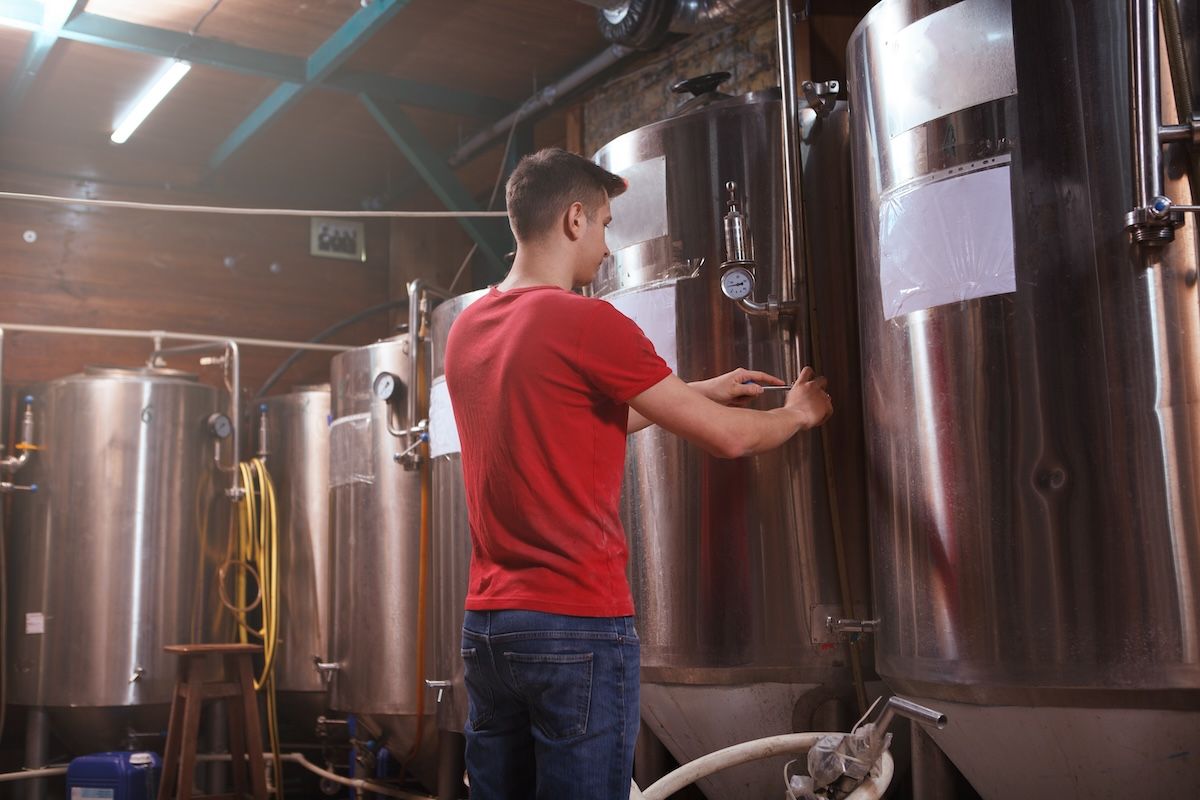
D’ya wan a beer?
Navigating into 2024, the Australian beer industry is on the brink of significant evolution. Breweries require strategic approaches to maneuver through the complex landscape and achieve sustainable growth.
The key strategies for Australian brewers to remember are:
- Balancing Cost vs. Price: Understanding the taxation policies in Australia is critical to a brewery’s success. By balancing smart pricing tactics with tax strategies, breweries can optimize profits and benefit from extensive savings.
- Strategic Partnerships: Working with local businesses and brewers across the region, or even the world, can increase brand visibility, broaden the customer base and enhance profitability.
- Leveraging Trends: Staying updated with industry trends, such as the craft beer boom and demographic shifts, unveils substantial opportunities.
The beer industry journey may be complex but each hurdle is a distinct opportunity. Australian breweries with all the essential tools, including robust brewery software, creativity and tenacity, are well-poised to generate groundbreaking successes in the future.
If you’re ready to take the next step at your brewery,
contact our Australian team who can evaluate your operations and provide insight into additional areas of growth. Here's raising a toast to a flourishing Australian beer industry in 2024!

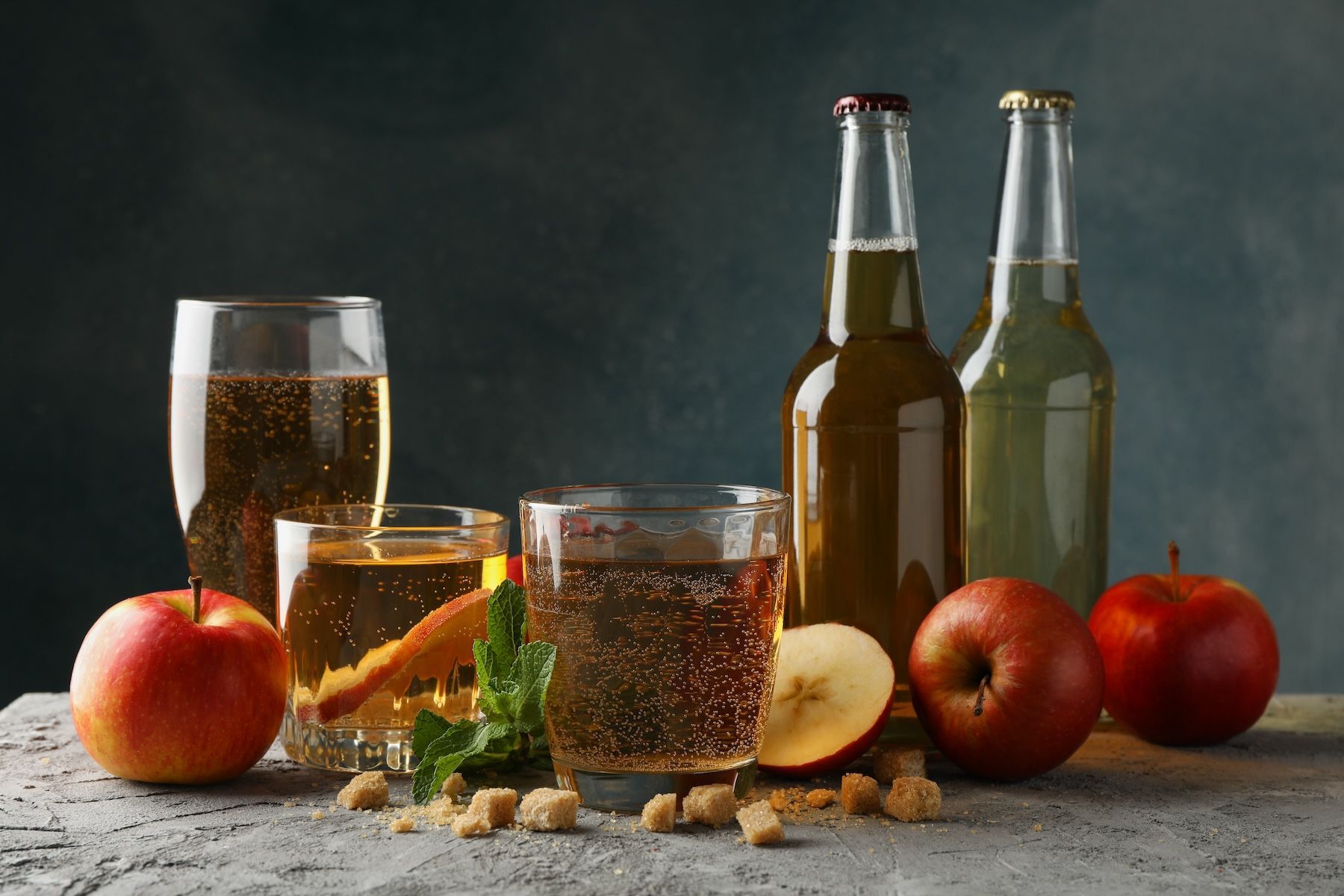


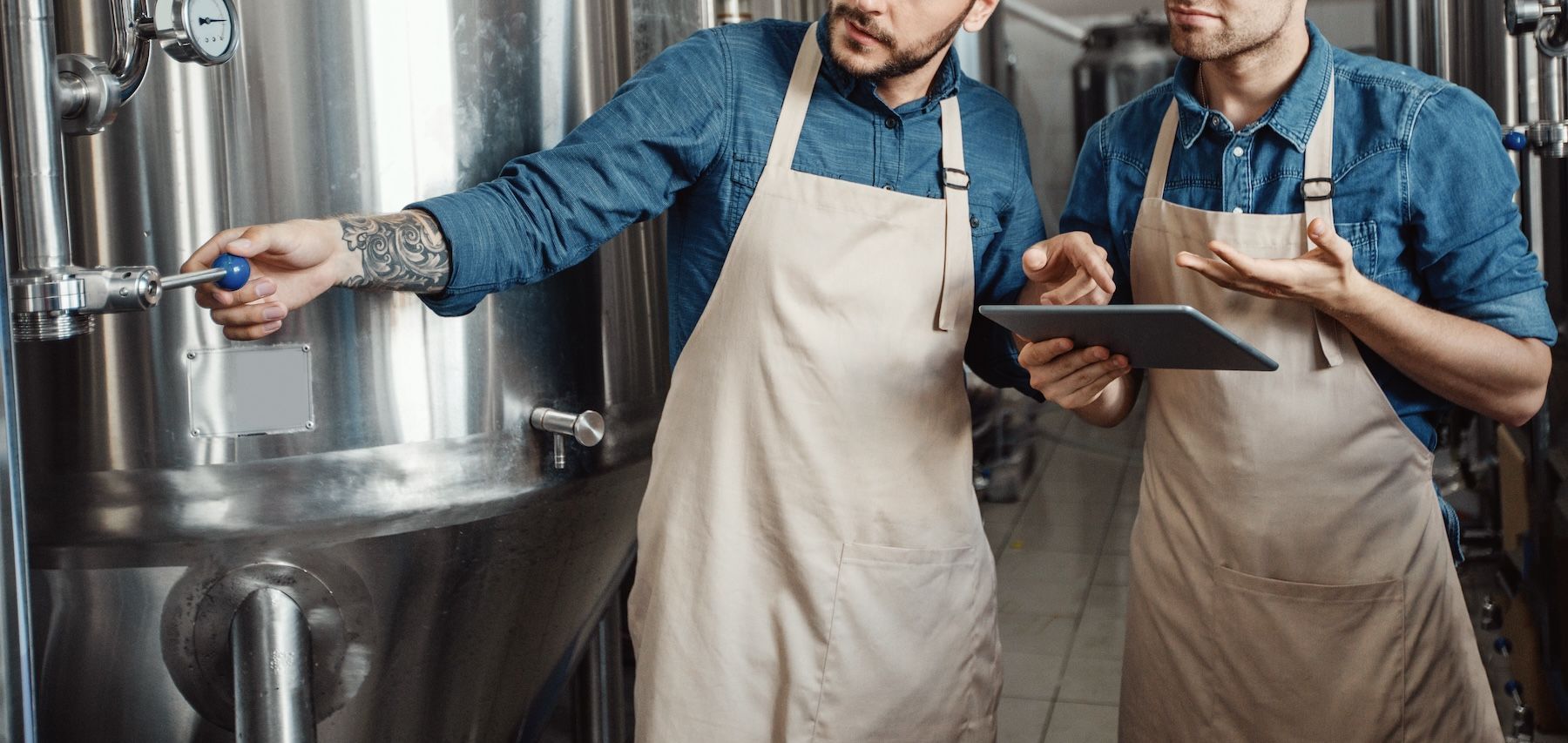



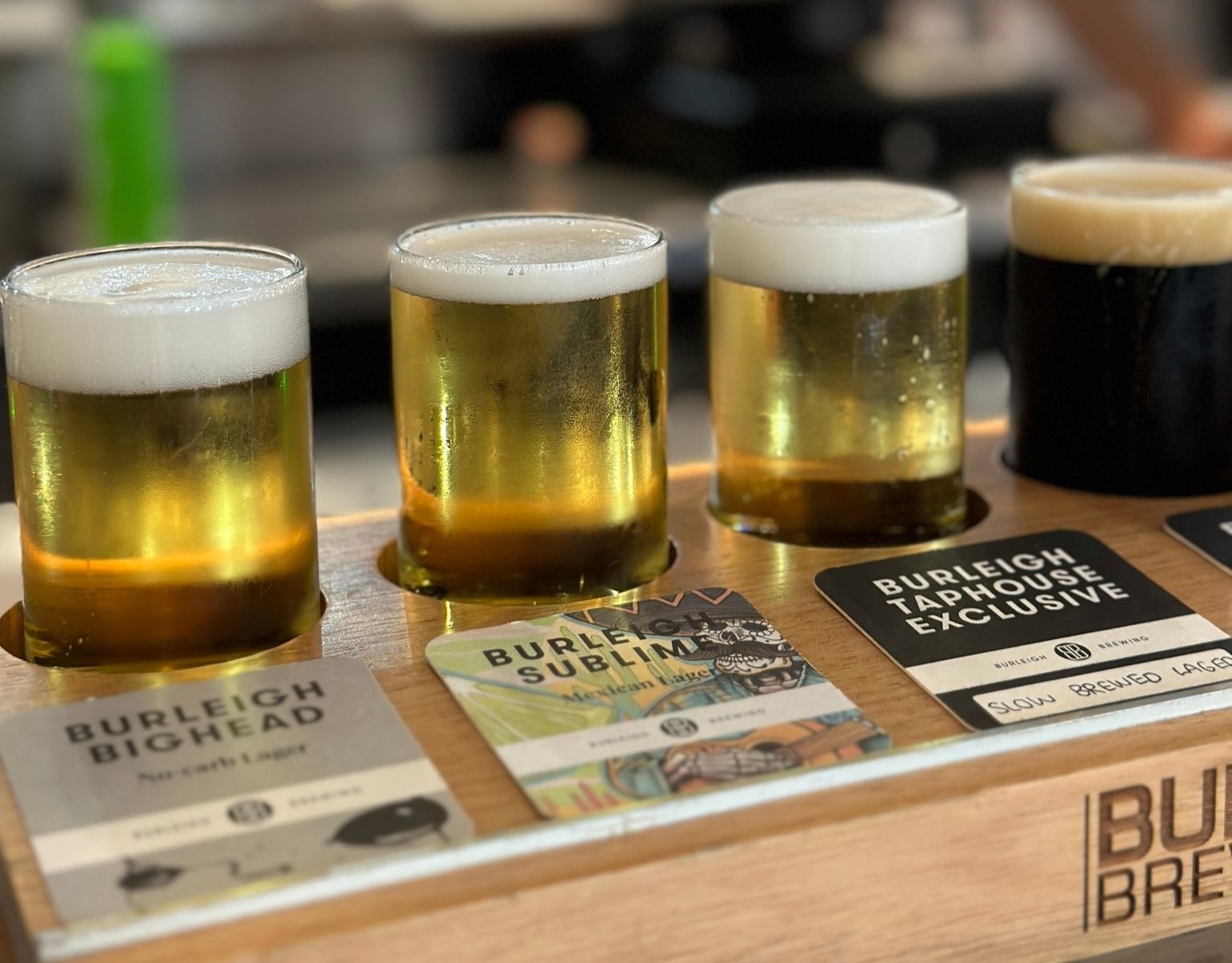
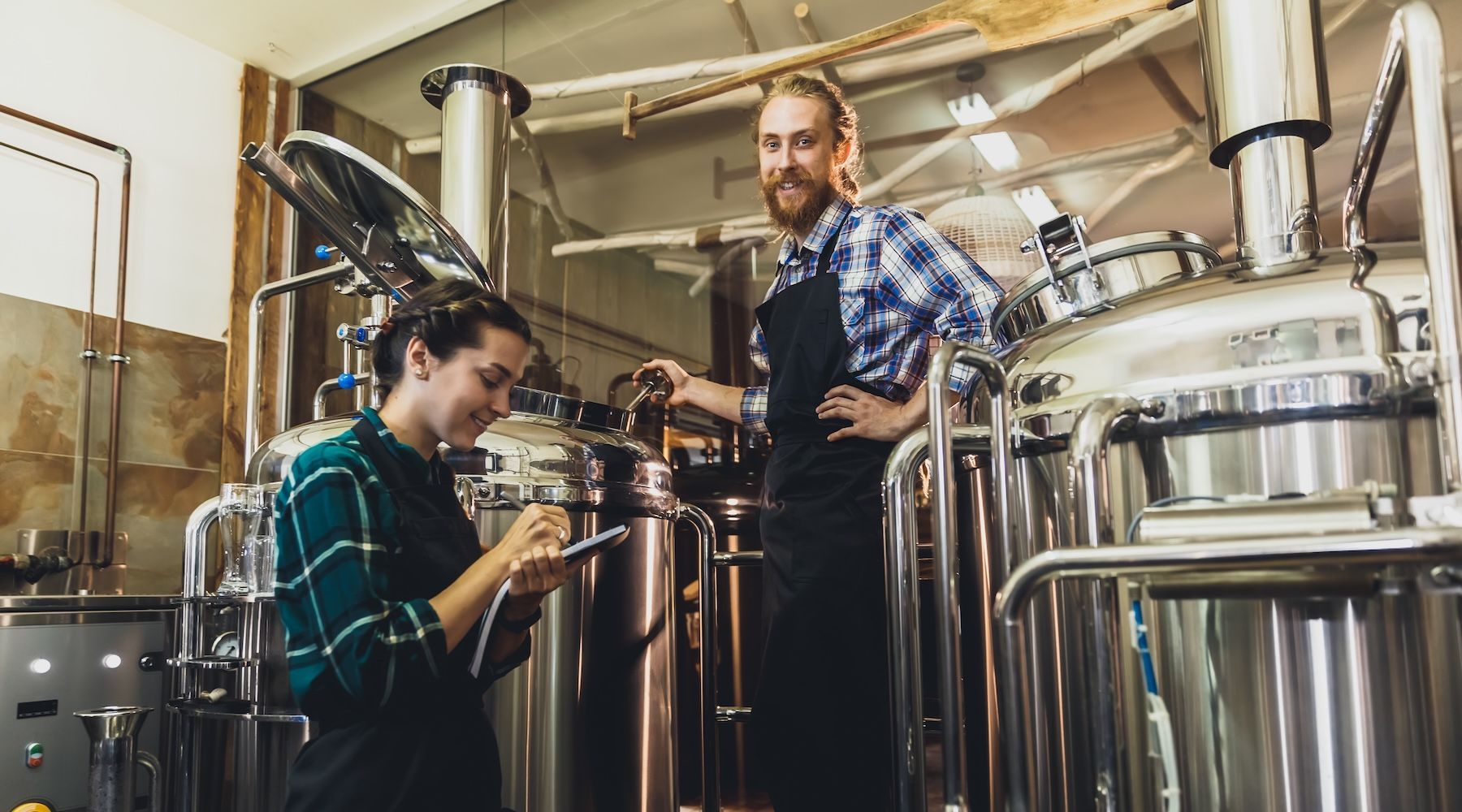
GET IN TOUCH
1512 Larimer Street, Suite #150
Denver, CO 80202
United States
(720) 699-0200
66 Goulburn Street
Sydney, NSW, 2000
Australia
+61 2 9044 1330

